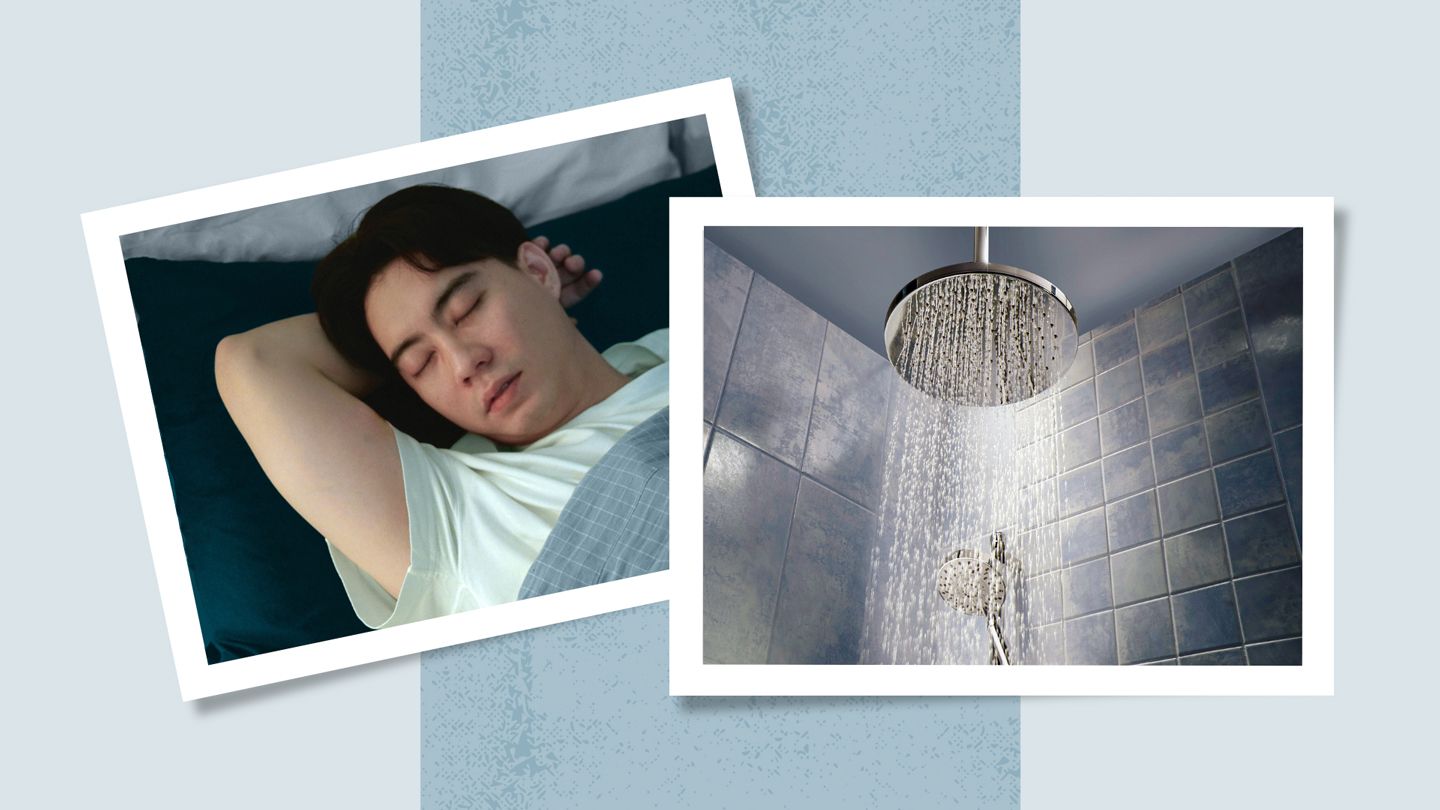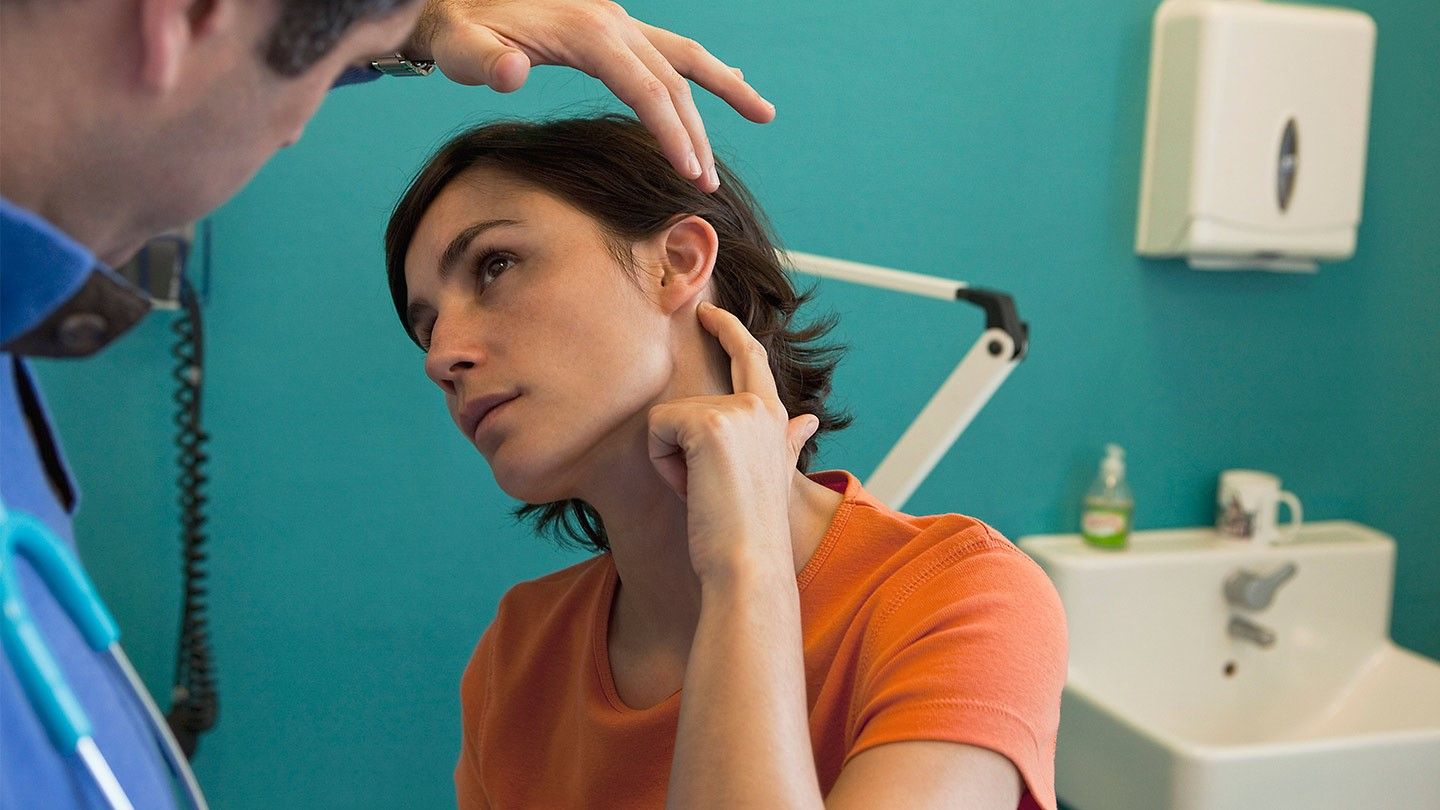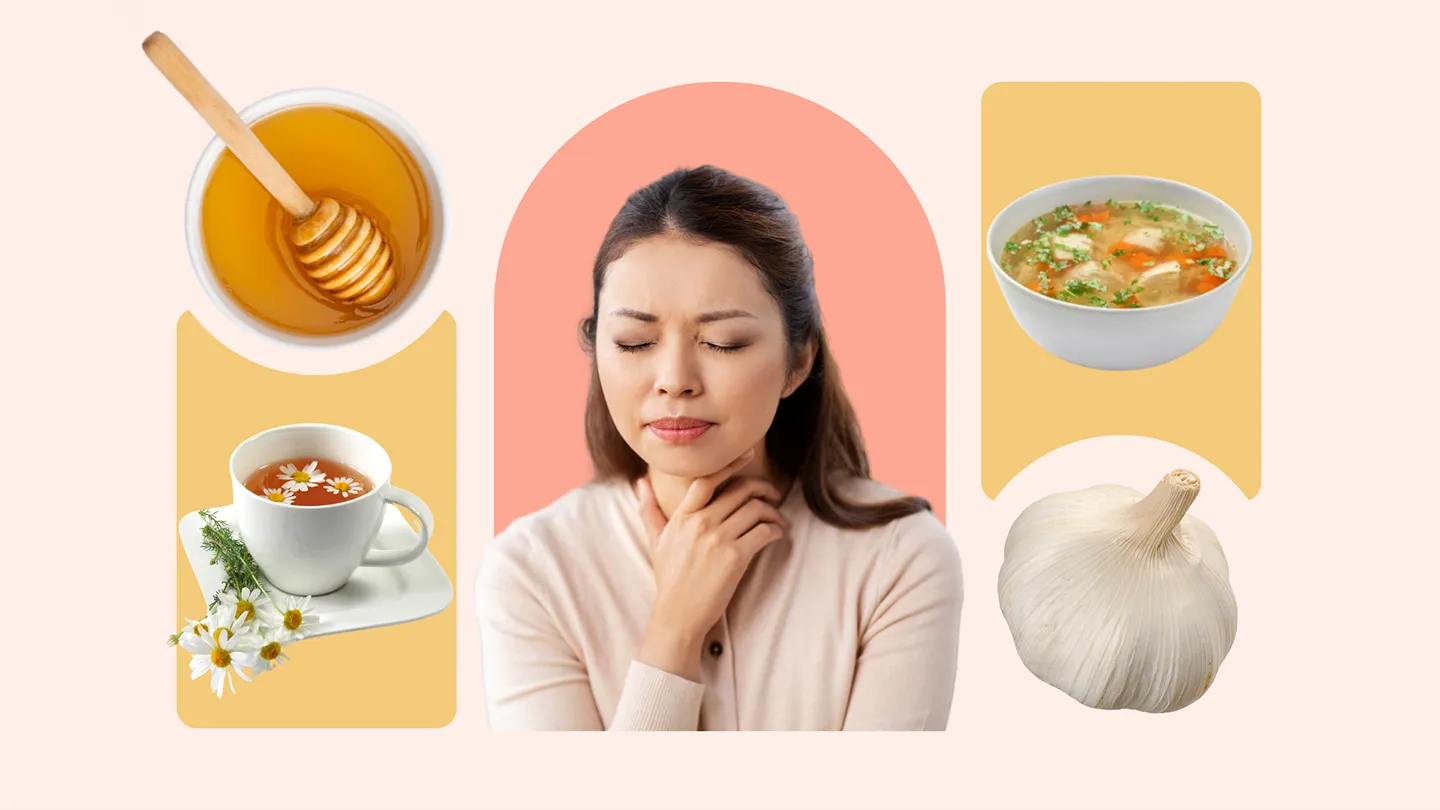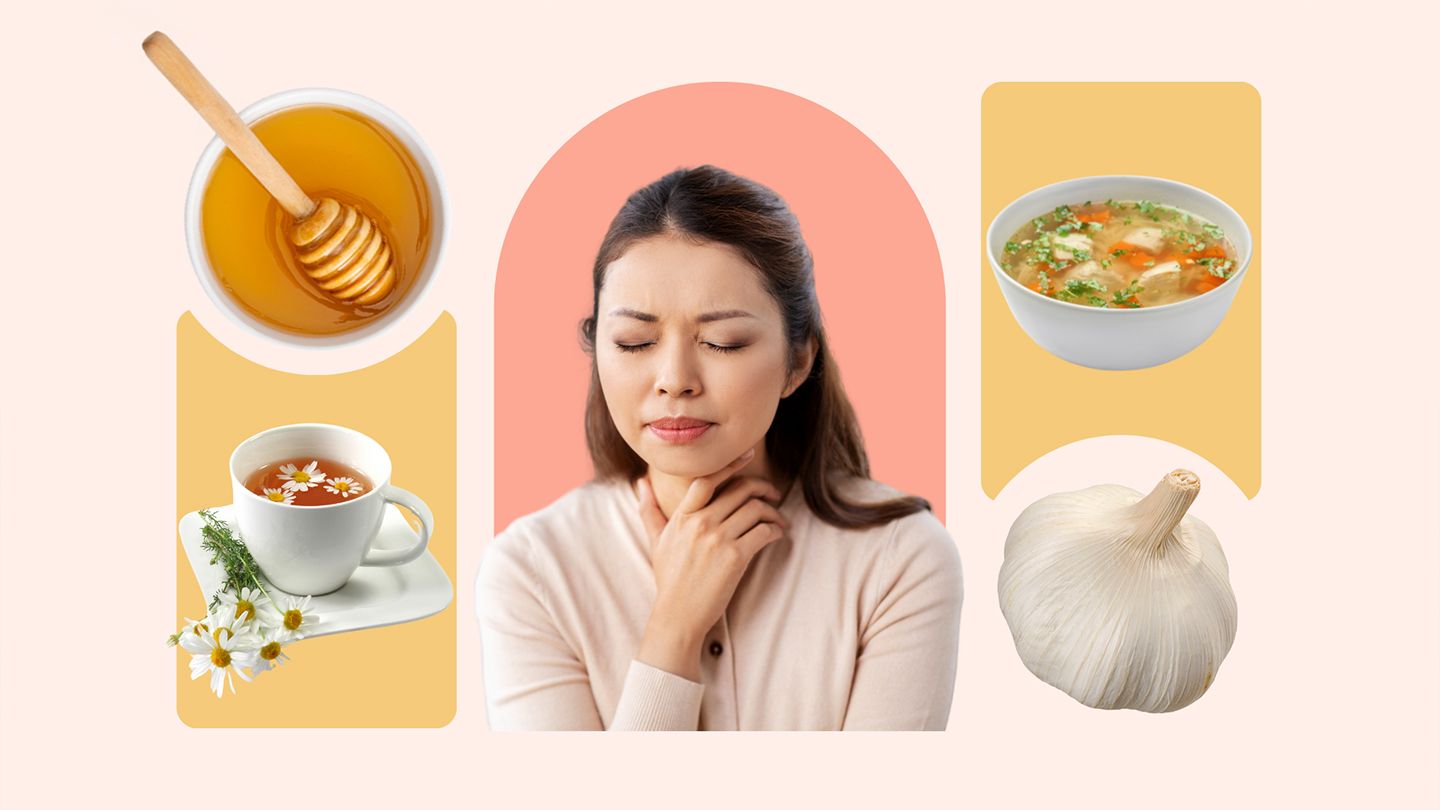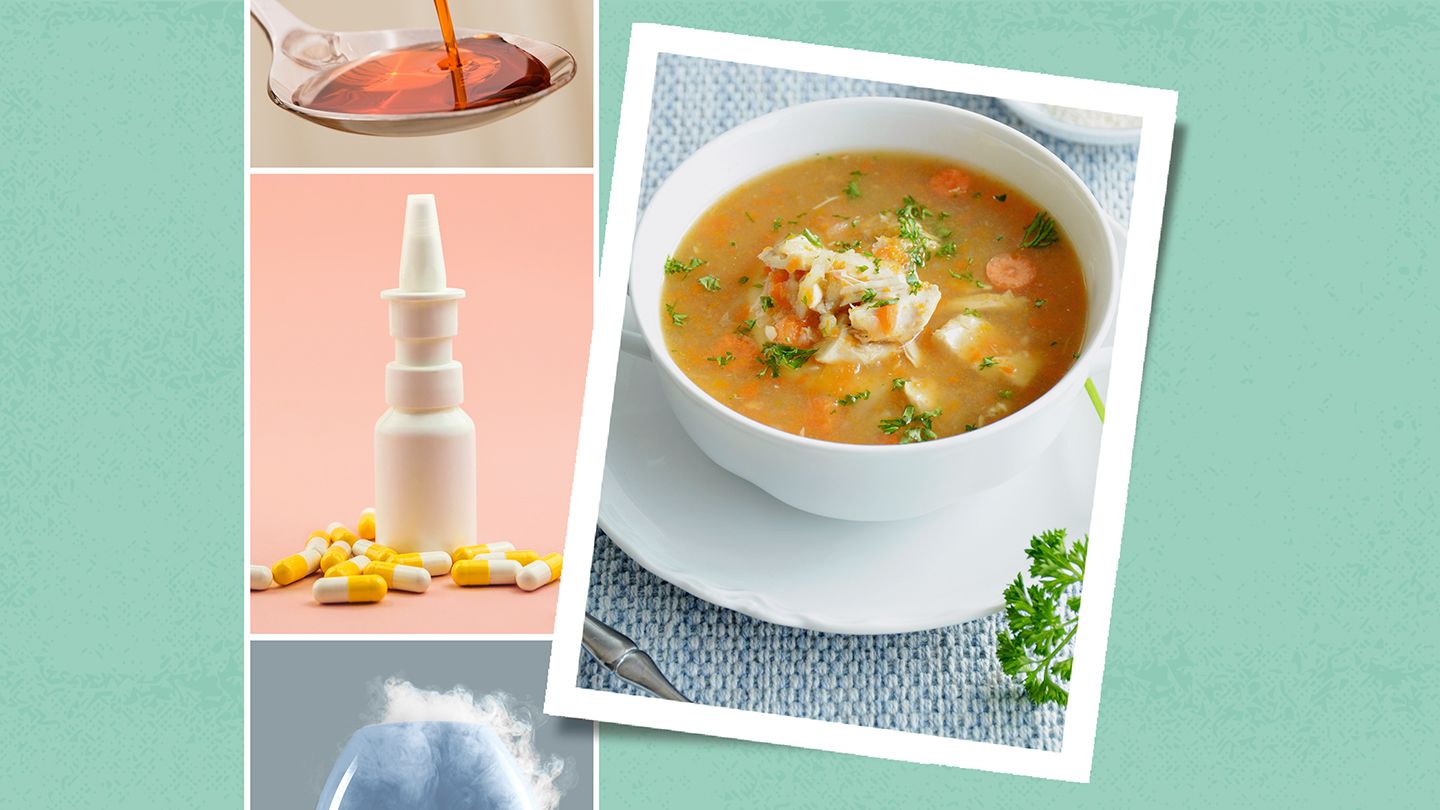Reasons You May Feel Cold After Eating
It's not unusual to feel chilled after eating a meal or snack. This phenomenon, sometimes called "postprandial hypothermia," has several possible explanations. Here are some reasons why you may get cold after eating:
1. Temperature Change
Eating cold foods or drinks can temporarily lower your core body temperature. Things like ice cream, chilled salads, icy beverages, and popsicles may literally cool you down when consumed.
Likewise, stepping into an air-conditioned room from the heat outdoors can also trigger a sensation of feeling cold after eating.
2. Blood Flow Changes
Digestion requires increased blood flow to the stomach and intestines. This diverts blood away from the extremities, which can cause cold hands and feet after eating meals.
People with circulatory issues like anemia or poor blood flow may be more prone to feeling chilly from this reduced blood flow to the skin and extremities.
3. Insulin Response
Carbohydrate-rich meals trigger the release of insulin to transport sugar from the bloodstream into cells. This rapid influx of insulin may cause a dip in blood sugar.
Low blood glucose can stimulate the sympathetic nervous system and release of stress hormones that make you feel cold and shaky after eating.
4. Metabolic Process
The thermic effect of food refers to the energy used digesting meals. About 10% of the calories you consume are burned through digesting, absorbing and metabolizing nutrients.
This metabolic process can create a slight drop in body temperature after eating, especially with large meals. Shivering may occur as your body aims to generate heat through metabolism.
5. Medical Conditions
Feeling cold after eating can result from certain gastrointestinal disorders like dyspepsia, ulcers, celiac disease or irritable bowel syndrome.
An overactive thyroid gland (hyperthyroidism) or decreased thyroid function (hypothyroidism) may also cause abnormal cold sensitivity after meals.
Diabetes, anemia, poor circulation and other conditions affecting metabolism and blood flow can also be factors.
Tips to Prevent Feeling Cold After Eating
Here are some tips to help prevent feeling chilled or shaky after eating:
Choose Warm Foods and Drinks
Opt for warm soups, teas and meals to counteract any potential core temperature dip from digestion. Avoid icy drinks or desserts.
Wear Layers
Having a sweater, blanket or jacket on hand can help you feel warm if needed. Wear socks and slippers to keep feet warm.
Stay in a Warm Environment
Eat in a well-heated room. Brisk temperatures outdoors or blasting A/C may trigger chilliness.
Have a Hot Beverage
Sipping something warm like coffee, tea or broth after eating helps regulate body temperature.
Try Ginger or Spices
Ginger and other warming spices like cinnamon, cardamom and cayenne pepper can help boost circulation.
Stay Active After Eating
Going for a walk or doing light exercise may help maintain body heat versus sitting stagnant after meals.
Eat Smaller Meals
Large meals pull more blood away from extremities. Eating smaller, more frequent meals puts less demand on digestion.
When to See a Doctor
Occasional and mild chilliness after eating is usually normal. But if this sensation is severe, persistent, or interfering with your daily life, see a doctor to identify any underlying condition.
Seeking medical advice is especially prudent if you experience other concerning symptoms along with feeling cold after meals, such as:
- Fatigue or weakness
- Dizziness or fainting
- Chest pain
- Shortness of breath
- Nausea
- Fever or chills
- Unexplained weight loss
- Numbness in extremities
Make an appointment with your doctor if cold sensitivity after eating worsens, spreads to other times of day, or impairs your daily activities. This can help identify any underlying illness requiring treatment.
When Feeling Cold Accompanies Fever
Feeling chilled is normal when running a fever, despite the higher body temperature. Shivering and feeling cold often accompany fever as the body tries to generate more warmth to fight infection.
But why does fever cause chills and cold sensitivity? Here's a look at the mechanisms behind this common symptom:
Pyrogens Reset the Thermostat
Fever is triggered by pyrogens, substances released by the immune system to raise body temperature. Pyrogens essentially "reset" the hypothalamus, which regulates the body's internal thermostat.
Even though a higher temperature is set, the difference between the new set point and your current body temperature makes you feel chilled as your hypothalamus works to ramp up heat production.
Blood Vessel Constriction
To promote heat generation, your hypothalamus directs blood vessels near the skin to constrict during fever. This diverts more blood flow internally rather than to the extremities.
Less circulation reaching the skin allows released heat to be directed inward rather than lost outward, causing a cold sensation.
Impaired Thermoregulation
When fever is present, your body's mechanisms for controlling and regulating temperature become impaired. This makes it more difficult for the body to adjust to ambient temperatures.
As a result, you may feel cold from exposure to cool air or stepping outside normal temperature ranges that you can typically tolerate.
Increased Metabolic Rate
Fever ramps up your basal metabolic rate. This elevated metabolism and extra heat production can heighten sensations of feeling cold as more heat is lost from the body surface.
Shivering helps counter this heat loss, but also makes you feel chilled in the process as muscles rapidly contract and relax.
Tips for Managing Chills With a Fever
While feeling cold during fever is normal, the sensation can still be uncomfortable. Here are some tips to help manage chills when running a temperature:
Rest Under Covers
Staying bundled under blankets traps body heat to keep your temperature elevated. This helps minimize heat loss from fever.
Dress in Layers
Wearing loose, breathable layers prevents getting too hot while allowing you to add or remove clothes as needed.
Apply Warm Compresses
A warm cloth on the forehead, neck and wrists can help relieve chilly sensations and muscle tension from shivering.
Stay Hydrated
Drinking water, broths and electrolyte beverages prevents dehydration from fever and chills. Avoid alcohol and caffeine.
Use Warming Herbs and Spices
Consuming ginger, cinnamon, garlic, cayenne pepper and other warming herbs may boost circulation and provide comfort.
Take Medications as Directed
Fever reducers like acetaminophen and ibuprofen can help lower temperature and relieve chills when used as recommended.
When to Seek Medical Care for Fever and Chills
Make an appointment with your healthcare provider if fever persists more than 2-3 days for adults or 24 hours in children. Severe or prolonged chills also warrant medical evaluation.
Seek emergency care if chills accompany:
- High fever over 104F (40C)
- Confusion, disorientation
- Uncontrolled shivering
- Bluish lips, fingers or toes
- Difficulty breathing
- Stiff neck
- Non-stop vomiting
- Severe headache
- Rash
Notify your doctor promptly if chills or cold sensitivity continue after fever resolves. Lingering chilliness may indicate an underlying infectious or inflammatory condition requiring treatment.
The Takeaway
Mild and temporary chilliness is common after eating due to digestive processes and changes in blood flow. Feeling cold accompanies fever as the body works to ramp up temperature against infection.
While generally harmless, chronic or severe cold sensitivity may sometimes indicate an underlying health condition. See your doctor if symptoms persist or you experience other concerning symptoms along with feeling cold.
Otherwise, you can typically manage postprandial chills by choosing warm foods and drinks, dressing in layers, and avoiding brisk temperatures after eating. Simple lifestyle strategies can help prevent discomfort from feeling chilled.
FAQs
Why do I feel cold after I eat?
Some common reasons you may feel cold after eating include: blood flowing to the digestive tract instead of extremities, drops in blood sugar from insulin response, cooling foods/drinks reducing body temperature, and increased metabolism from digestion.
Is it normal to feel cold after eating?
Yes, it is generally normal to feel a bit chilled after eating meals or snacks. This is a common physiological response due to changes in blood circulation and shifts in body temperature from digestion.
How can I stop feeling cold after eating?
To prevent feeling cold after eating, try having warm foods/drinks, dressing in layers, eating smaller meals, staying active after eating, consuming ginger or spices, and avoiding air conditioning right after meals.
What health problems cause feeling cold after eating?
Certain conditions like anemia, poor circulation, thyroid disorders, diabetes, and gastrointestinal issues may cause abnormally increased cold sensitivity after eating. See a doctor if it persists.
Is it normal to feel cold when you have a fever?
Yes, feeling chills and cold sensations is very common when running a fever, despite the elevated body temperature. This is due to changes in the body's thermoregulation.
Disclaimer: This article is for informational purposes only and does not constitute medical advice. Always consult with a healthcare professional before starting any new treatment regimen.
Related Coverage
Intake nose strips open nasal passages to relieve sinus congestion fast. Learn how the strips work, proper usage, complementary remedies, and who should avoid them....
Taking ibuprofen together with Dayquil can exceed the daily acetaminophen limit and lead to liver damage. Learn safe alternatives for cold symptom relief....
Can you safely take ibuprofen and DayQuil together? Experts warn combining them poses avoidable risks like liver toxicity, bleeding issues, and intensified side effects....
Experiencing hearing loss after a cold? Understand the causes, duration, and management strategies. Get insights on ear congestion, fluid buildup, and when to seek medical attention....
Ear infections can lead to sore throats since the ears and throat are connected. Learn why it happens, when to see a doctor, and how to find relief....
Chopped onions and raw honey make traditional cough remedies. Through antibacterial, anti-inflammatory and expectorant properties, onions and honey soothe sore throats....
Relieve coughs caused by colds, allergies, and irritants with the natural power of onions and honey. Discover easy homemade syrups, teas, lozenges, and more....
Blowing smoke into an aching ear is an old home remedy, but it carries risks like burns, infection spread, and hearing loss. Safer options exist for earache relief....
Looking for safe, natural children's nasal decongestants? Try these 7 effective home remedies that quickly relieve stuffy noses and chronic congestion in kids....
Can you safely use Advil Cold & Sinus and NyQuil together to treat cold symptoms? Learn about the interactions and side effect risks of combining these medications....
